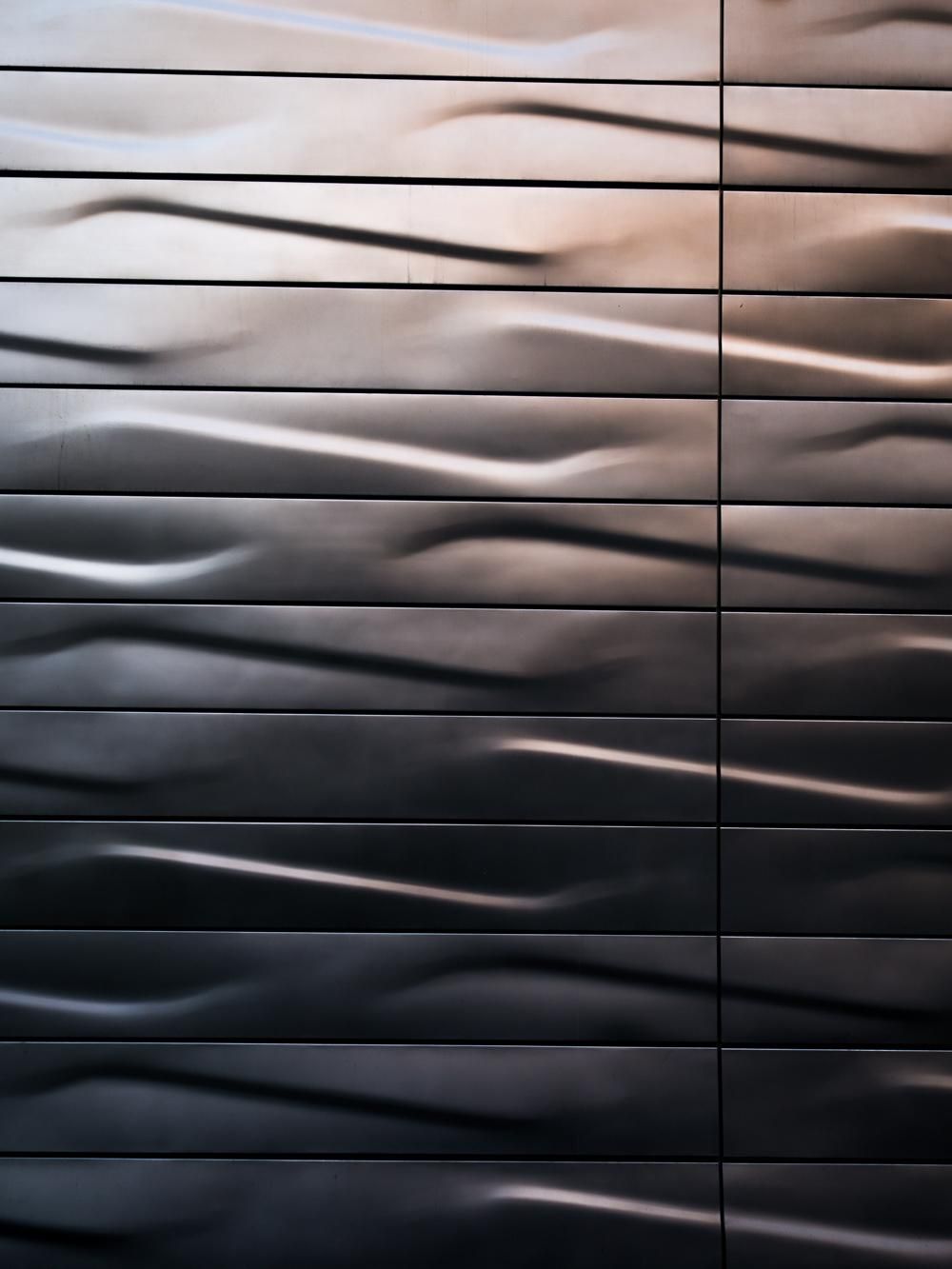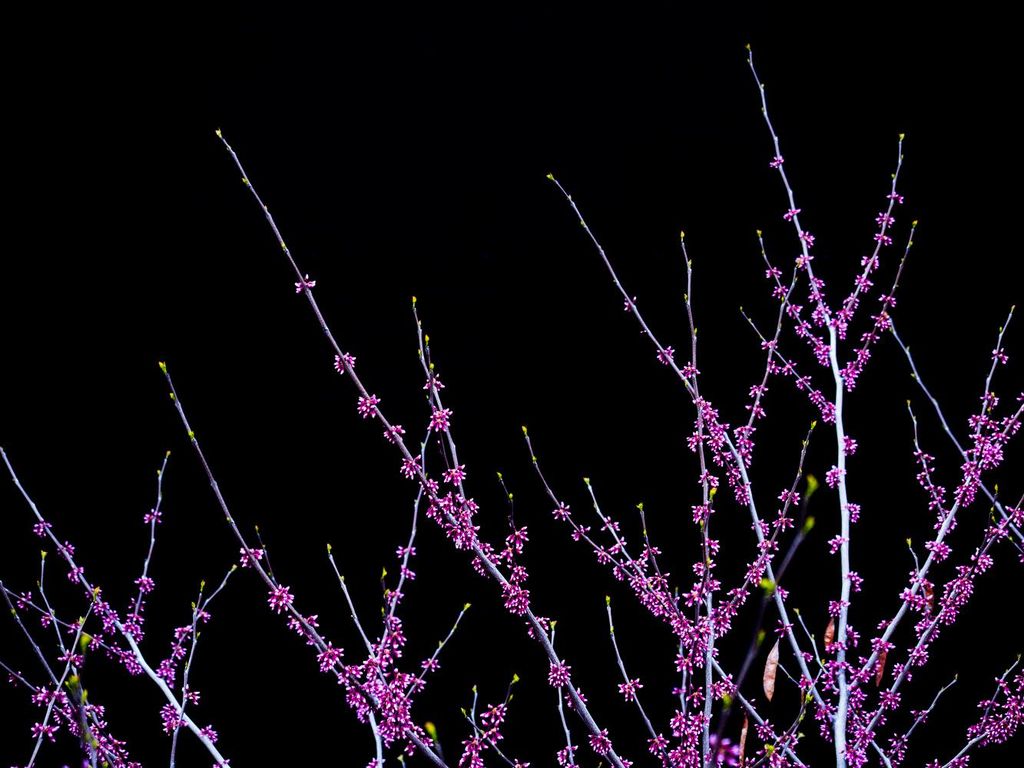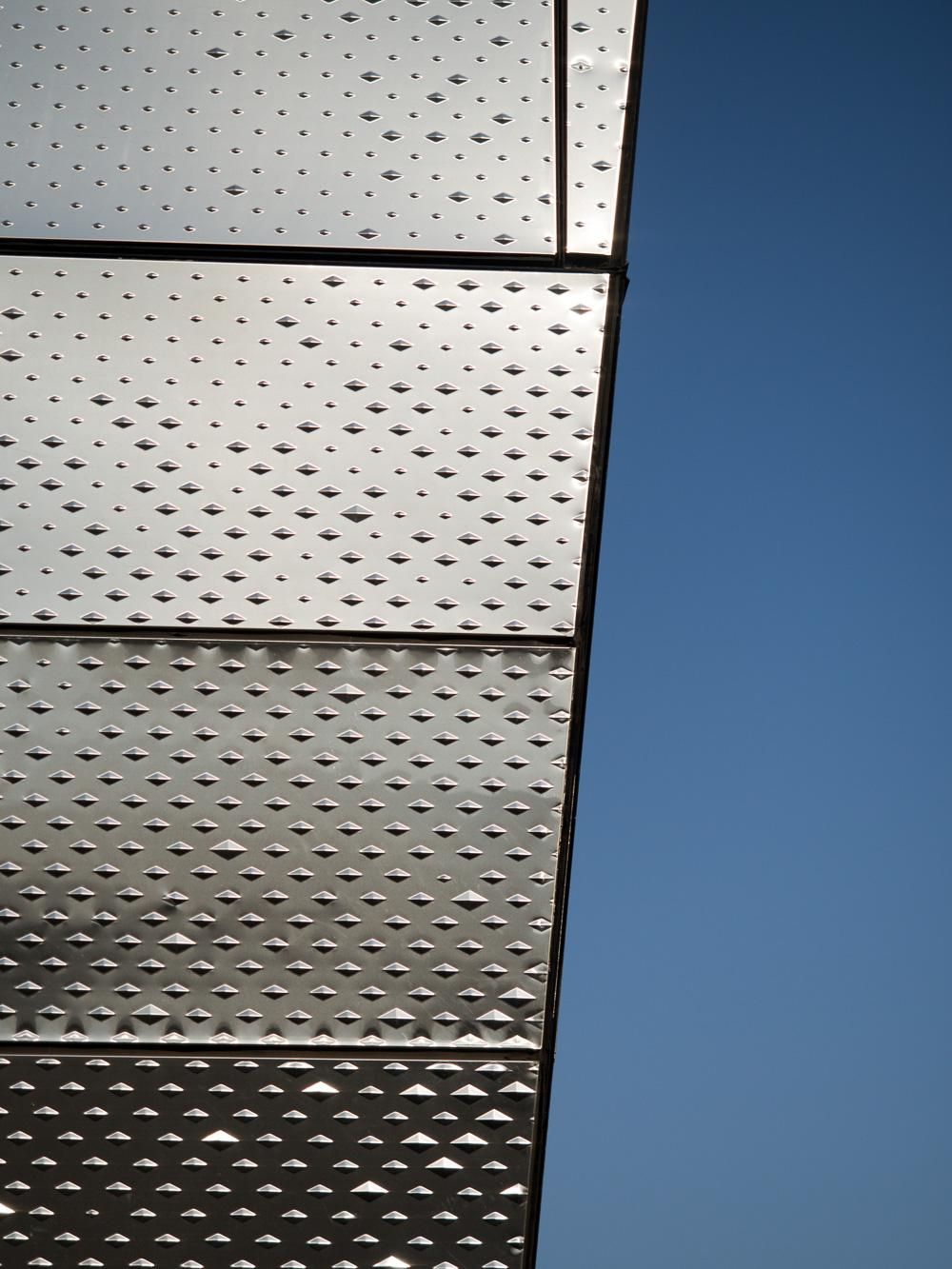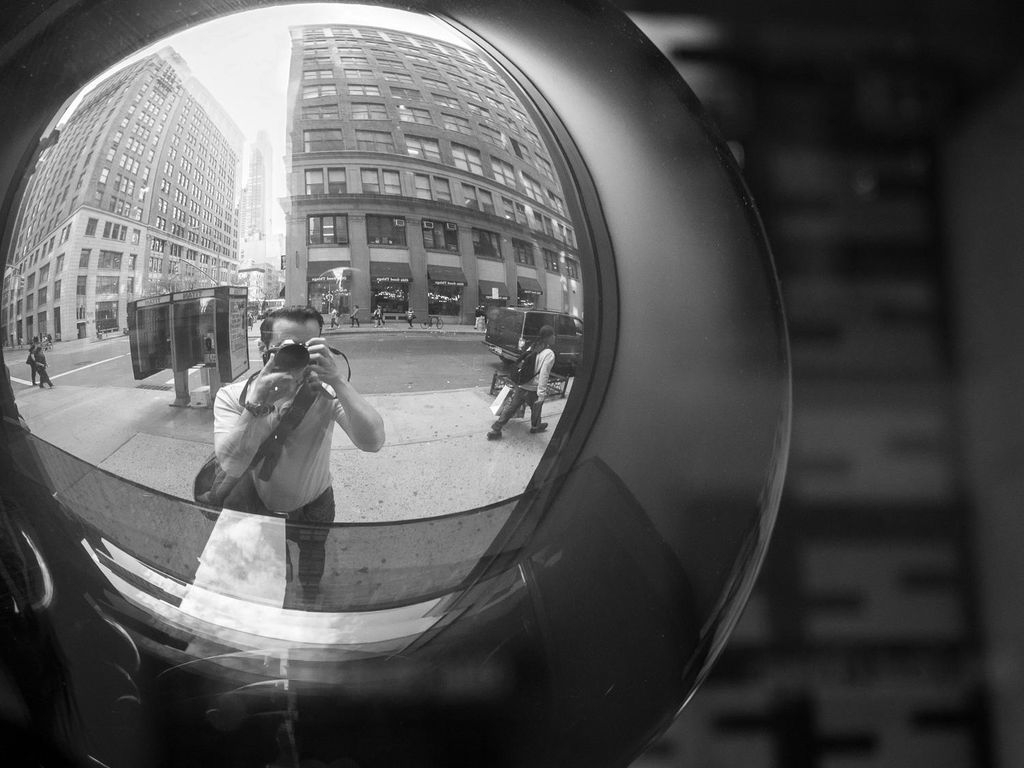Painters work by continually applying brush strokes until their piece is complete. This additive process is actually quite different from how photographers compose images. Through the lens, we’re tasked to remove any unnecessary elements in order to best express our vision. This method of subtraction is can seem counterintuitive at first. Yet, as Paulo Coelho said, “Elegance is achieved when all that is superfluous has been discarded and the human being discovers simplicity and concentration: the simpler and more sober the posture, the more beautiful it will be.”

Remove Distractions
While looking at the scene through your camera, ask yourself, “what’s really my subject here?” This simple question will help to shape your composition. While this may seem rudimentary at first, the impact is undeniable once applied. For a helpful reminder, consider taping a small note to the inside of your lens cap. Check all four corners of the frame carefully. Anything that does not work towards emphasizing the chosen subject should be eliminated. The goal is to create a clean frame as opposed to visual clutter.

Get in Close
The importance of clean backgrounds can not stressed enough. If the area behind your subject is cluttered, it draws attention away from your main point of focus. Rather than taking the first vantage point offered, try composing with your feet.

This is a deliberate process that forces you to slow down and explore the subject from all possible angles. One solution is to fill the frame with your subject. For a more dynamic look, try using the rule of thirds instead of a bulls-eyed composition.

Get it Right In-Camera
You can remove distractions in the digital darkroom. Yet, whether you choose an editing app like PicsArt, or some other image manipulation software, it all takes a considerable amount of time. Wouldn’t you rather be outdoors taking photos or relaxing instead of erasing pixels? More importantly, by making the effort to get it right in the camera, you are in the process of developing your eye. This is a skill that can be used for everything you photograph. It was Henri Cartier-Bresson who said “If it’s not correct it’s not by cropping in the darkroom and making all sorts of tricks that you improve it. If a picture is mediocre, well it remains mediocre.”

Carry Less, Go Further
It can also be beneficial to simplify your camera gear. I’ve spoken with countless photographers who leave their DSLR home to avoid carrying extra weight. Some even purchase expensive telephoto zoom lenses only to complain they’re too much of a hassle to bring along. When you’re traveling to distant places or hiking deep into the woods, every ounce matters. I’ve been on small airplanes with a strict 25 pound luggage limit.

Much to my surprise, that included personal items! Advances in technology can allow us to go places that were previously inaccessible. No longer does a photographer need to leave important things behind. That’s one of the reasons carbon fiber tripods have become the preferred choice for many. Since they are much lighter than aluminum models, photographers can go further. Couple this with a lighter camera system, and it’s possible to reach remote locations faster, giving you the competitive edge.





